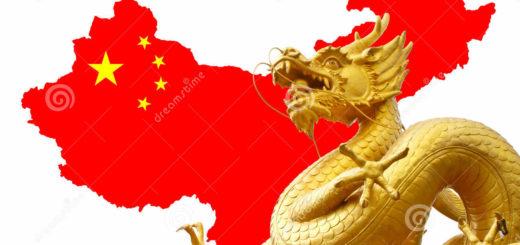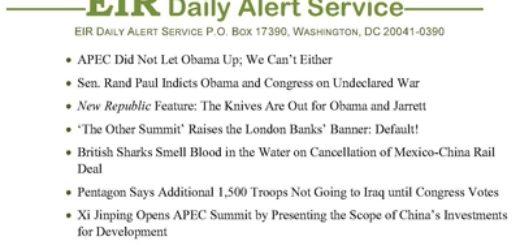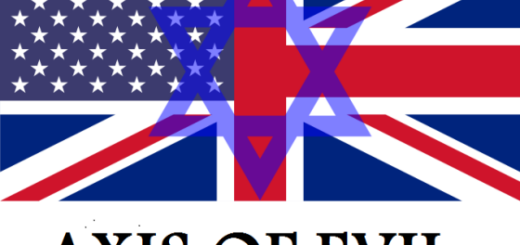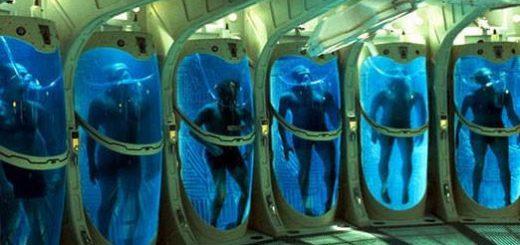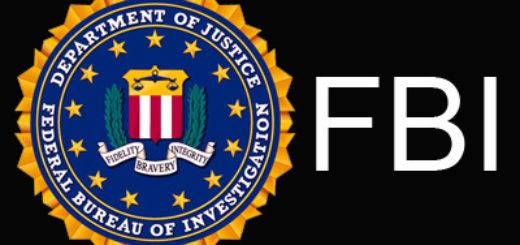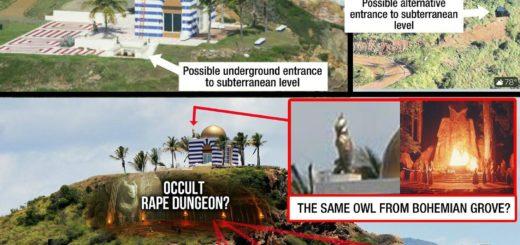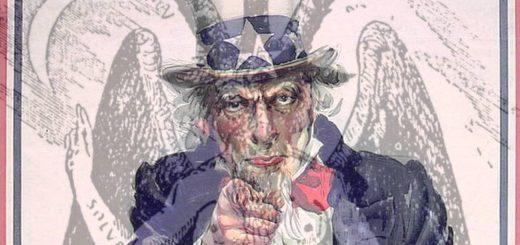The Dirty Secret of American Nuclear Arms in S. Korea
The Dirty Secret of American Nuclear Arms in Korea

As President Trump prepares for a possible meeting with Kim Jong-un, the North Korean leader, many Americans are raising warnings that North Korea has walked away from previous arms agreements. But those skeptics should remember that it was the United States, in 1958, that broke the 1953 Korean Armistice Agreement, when the Eisenhower administration sent the first atomic weapons into South Korea.
By the mid-1960s, the United States had more than 900 nuclear artillery shells, tactical bombs, surface-to-surface rockets and missiles, antiaircraft missiles and nuclear land mines in South Korea. Even nuclear projectiles for Davy Crockett recoilless rifles were for several years based in South Korea.
The presence of those American weapons probably motivated the North Koreans to accelerate development of their own nuclear weapons. Although all the tactical United States nuclear weapons were removed from South Korea in 1991, the Seoul government still remains under the American nuclear umbrella — and the impetus for Kim Jong-un to have his own remains, as it did for his father and grandfather.
“The danger that U.S. nuclear weapons might be used against the North has been a central principle in its strategic thought and actions ever since,” Joseph S. Bermudez Jr., a North Korea expert, wrote in a 2015 paper.
ADVERTISEMENT
The 1953 Korean armistice, which halted three years of bloody fighting, contained a provision that prohibited new types of weapons or ammunition to be introduced into the peninsula by either the United States-led United Nations forces, or the North Korean and Chinese forces. The armistice agreement even set up inspection teams from neutral nations to monitor incoming weapons shipments.

However, declassified United States documents describe in detail how the Eisenhower administration, worried about the cost of defending South Korea and the prowess of North Korea’s Chinese-backed military, agreed to send tactical nuclear weapons systems to South Korea. In return, the administration was hoping to get the Joint Chiefs of Staff to support reducing the number of American and South Korean troops on the peninsula that the United States was financing, at a cost of about $650 million a year for the Korean troops alone.
You have 4 free articles remaining.
Planning to send the atomic weapons to South Korea began in 1956. A Nov. 28, 1956, meeting involving Defense and State Department officials was titled “Defense proposal to authorize the introduction of ‘Honest John’ and the 280 millimeter gun in Korea,” according to a declassified memorandum.
According to that memorandum, the Pentagon’s general counsel argued that American soldiers in South Korea “should be permitted to have weapons of dual capability” — noting that the Honest John rocket system and the 280-millimeter gun “have both conventional and atomic capability.”
The State Department’s legal adviser, Herman Phleger, responded that the two weapons systems “would be a violation” of the armistice agreement and could not be justified as a matter of “liberal interpretation.” He added that these nuclear-capable weapons “would create an imbalance” which would violate the spirit of the agreement, especially since American officials could not establish that the North Koreans had deployed atomic weapons.
ADVERTISEMENT
Pentagon officials argued that the Joint Chiefs of Staff regarded the introduction of the Honest John and Davy Crockett systems as “essential from a military viewpoint.” In turn they suggested that the North, by obtaining new artillery weapons and high performance aircraft, had violated the agreement and freed the United States “to disregard its restrictions.”
According to notes from a National Security Council meeting on June 13, 1957, Adm. Arthur Radford, the chairman of the Joint Chiefs of Staff, indicated that military planning for South Korea could not continue “without being able to count on the use of nuclear weapons.” Eisenhower agreed that jets capable of carrying nuclear weapons should be introduced into the South. But he also noted that if the United States introduced nuclear-capable Honest John rocket systems and 280-millimeter guns to the South, they would be “so conspicuous that you would have to explain their introduction to the whole world.”
On June 21, 1957, the senior official on the United Nations Command of the Military Armistice Commission, Maj. Gen. Homer L. Litzenberg, indicated that, given the North Koreans’ alleged violations, the command would no longer consider itself bound by certain limitations in the armistice agreement. The North Korean representative at the commission described General Litzenberg’s statement as an attempt “to wreck the armistice agreement and turn South Korea into an American base of atomic warfare.”
That day, the abrogation of the weapons prohibition was announced by the United Nations Command. The New York Times reported from Panmunjom, North Korea, that during a United Nations meeting, General Litzenberg had “left the door open for the introduction in South Korea of weapons capable of firing atomic warheads.” General Litzenberg declined to say what type of weapons the organizations planned to bring in.
However, that same day in Washington, the assistant secretary of defense for public affairs, Murray Snyder, told Pentagon reporters that no ground weapons capable of firing atomic warheads would be introduced. That turned out to be untrue.
At an Aug. 8, 1957, National Security Council meeting, Secretary of State John Foster Dulles said, according to meeting notes, that ending the Korea arms prohibitions “had been pretty well received throughout the Free World.” Secretary of Defense Charles Erwin Wilson said the plan to put nuclear weapons in South Korea, if adopted, “would be able to bring home approximately 8,000 American military personnel and we could cut out four active South Korean divisions, which would save us approximately $125 million a year.”
It took months to negotiate reduction of four South Korean divisions with Syngman Rhee, the South Korean president. But on Dec. 24, 1957, Army Secretary Wilber Brucker was authorized to introduce into Korea the Honest John and 280-millimeter gun “as soon as is feasible under Army deployment schedules.”
ADVERTISEMENT
Three days later, the American Embassy in South Korea proposed announcing the arrival of the atomic-capable weapons, saying the news was “bound to become public knowledge.” The United Nations Command agreed, and at a news conference in Seoul on Jan. 28, 1958, the arrival of the atomic-capable weapons was announced. A United States Army spokesman refused to say how many cannons arrived and whether they were accompanied by atomic warheads. It was a two-paragraph story on page 3 of The New York Times.
Since then, Americans have forgotten this history and American politicians have only blamed North Korea for undermining arms agreements. Pyongyang has indeed been unreliable; but its leaders recall what happened in the 1950s, having spent 33 years facing American nuclear weapons just across the border in South Korea.
The United States does not come to any future talks with totally clean hands. Both sides have reasons to adopt Ronald Reagan’s advice: “Trust, but verify.”
Walter Pincus, a former national security reporter for The Washington Post, is a columnist for The Cipher Brief who is writing a book on nuclear weapons.
Follow The New York Times Opinion section on Facebook and Twitter (@NYTopinion), and sign up for the Opinion Today newsletter.

